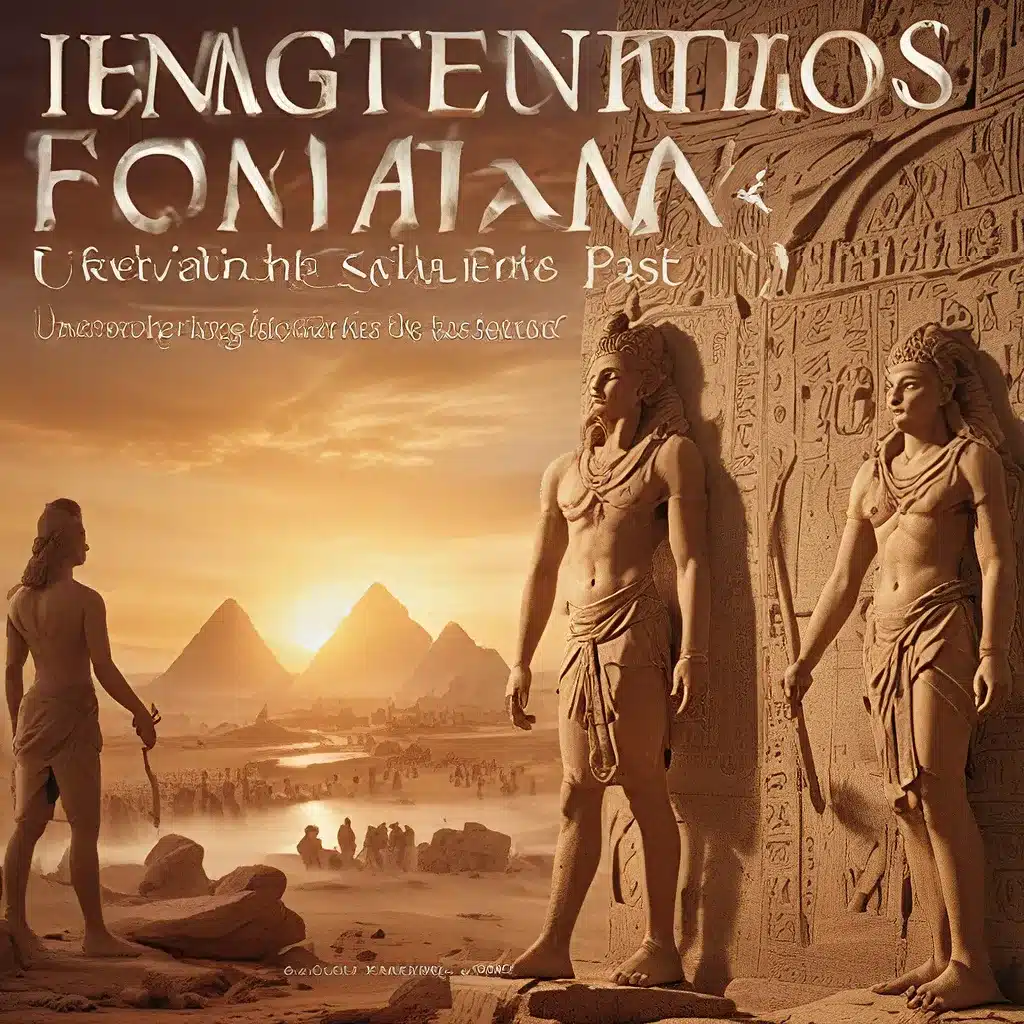
The allure of lost cities and ancient civilizations has captivated the human imagination for centuries. From the fabled Atlantis to the majestic ruins of Machu Picchu, these hidden relics represent a longing to connect with our ancestors and understand the mysteries of the past. This fascination goes beyond mere curiosity; it’s a journey into the heart of human history, uncovering the achievements, struggles, and daily lives of civilizations that have shaped our world.
Archaeology: The Key to Unlocking the Secrets of the Past
Archaeology plays a crucial role in this quest, bridging the gap between myth and reality. Through painstaking excavation and analysis, archaeologists unravel the stories buried beneath the earth, allowing us to witness the ingenuity and resilience of ancient societies. These discoveries not only enrich our understanding of history but also remind us of the transient nature of human endeavors. As we uncover these lost cities, we’re given a rare glimpse into a past that, though long gone, continues to influence and inspire our present and future.
The importance of archaeology cannot be overstated. It is the key that unlocks the silent voices of our ancestors, allowing their wisdom, art, and innovations to once again resonate in the modern world. The allure of lost cities like Atlantis, El Dorado, and the Lost City of Z captivates the imagination, blending myth with the thrill of discovery. These legends inspire modern archaeology, pushing explorers to the limits of innovation and curiosity, and represent humanity’s quest to uncover our past and the mysteries that lie hidden beneath the surface of our known world.
The Legends and Myths of Lost Cities
The legend of Atlantis, the sunken city as first described by Plato, remains one of history’s most enduring mysteries, symbolizing the quest for a utopian society that was lost to the sea. Similarly, the legend of El Dorado, a city of gold in South America, spurred numerous expeditions, transforming from a quest for wealth into a symbol of unattainable dreams. The Lost City of Z, purportedly located in the Brazilian rainforest, represents another enigmatic challenge, one that claimed the lives of those too ensnared by its promise of discovery.
These cities, real or imagined, stand at the crossroads of myth and reality, challenging our understanding of history and pushing the boundaries of exploration. The legends surrounding lost cities have a profound impact on modern archaeology and exploration, serving as a reminder of the vast uncharted mysteries that our world still holds and inspiring continuous pursuit in the field of archaeology.
Technological Advancements in Archaeology
The advent of satellite imagery and Light Detection and Ranging (LIDAR) technology has revolutionized the search for lost cities, offering a bird’s-eye view of the Earth’s surface that reveals secrets hidden for millennia. LIDAR, in particular, has the unique ability to penetrate dense vegetation, providing archaeologists with detailed 3D images of the ground beneath forests and jungles. This technology was instrumental in mapping the vast city complexes of the Maya civilization in Central America, uncovering a sprawling network of cities, roads, and agricultural terraces that reshaped our understanding of Maya society.
Similarly, satellite imagery has led to the discovery of ancient settlements in the deserts of Egypt and the steppes of Mongolia, proving that vast empires once thrived in what are now desolate landscapes. Ground-penetrating radar (GPR) has emerged as another invaluable tool in the archaeologist’s toolkit, allowing for non-invasive exploration of archaeological sites by emitting radio waves into the ground and analyzing the signals that bounce back. This technology has enabled archaeologists to map out buried Roman cities in Europe, ancient trade routes in the Middle East, and even hidden chambers within the Great Pyramid of Giza.
Underwater Archaeology: Exploring the Submerged Civilizations
Underwater archaeology has opened up a new frontier in the quest to uncover lost cities. With vast portions of human history submerged due to rising sea levels and natural disasters, underwater exploration has become essential. The use of submersibles, sonar mapping, and diver-operated surveys has led to the discovery of submerged cities like Thonis-Heracleion off the coast of Egypt and the ancient trade center of Pavlopetri in Greece.
These discoveries not only provide insights into the maritime trade networks and cultural exchanges of ancient civilizations but also highlight the impact of environmental changes on human societies. Underwater archaeology challenges our perceptions of the past, revealing that what now lies beneath the waves was once at the heart of human activity.
Unlocking the Mysteries of the Past
The integration of technology in archaeology has fundamentally changed the way we discover and understand lost cities. From the jungles of Central America to the depths of the Mediterranean, innovative technologies like LIDAR, GPR, and underwater archaeology equipment are peeling back the layers of history. These tools not only expedite the discovery process but also ensure that our exploration of the past is more comprehensive and less intrusive.
As technology continues to evolve, it promises to unveil even more about our shared human heritage, inspiring future generations of archaeologists to continue the quest for lost cities. The mysteries of these ancient metropolises, buried by time, sand, or jungle, hold the keys to understanding the zeniths of human achievement and the inevitabilities of decline. Their discovery is a reminder of our shared heritage, a bridge connecting us to the people who shaped the foundations of our world.
The Lost Kingdoms is dedicated to exploring the fascinating world of ancient civilizations and archaeological discoveries. We invite you to join us on this journey of discovery, as we uncover the secrets of the past and shed new light on the rich tapestry of human history.


